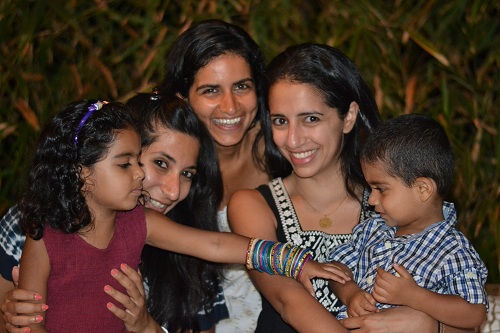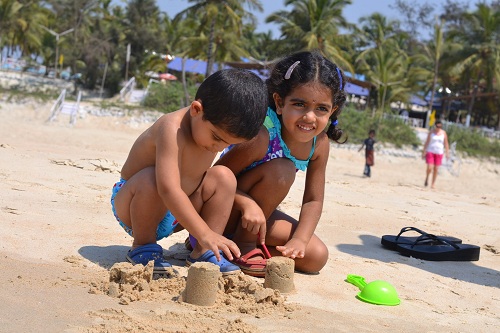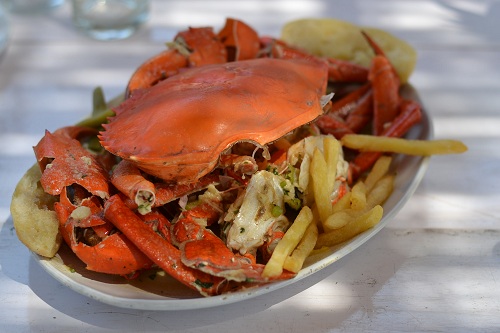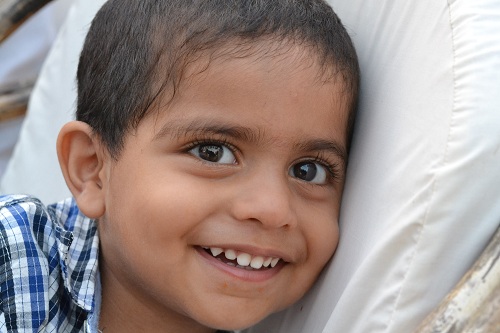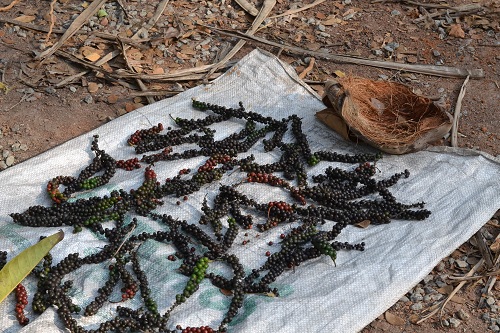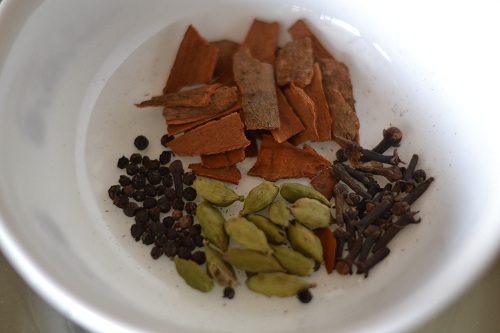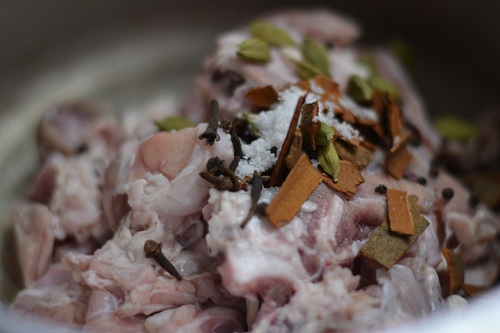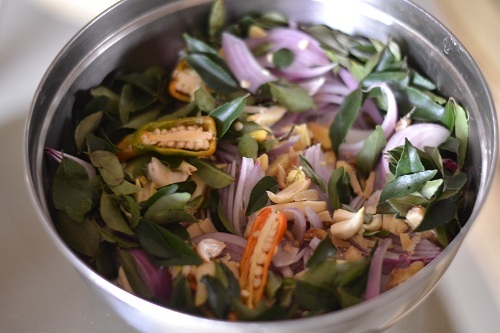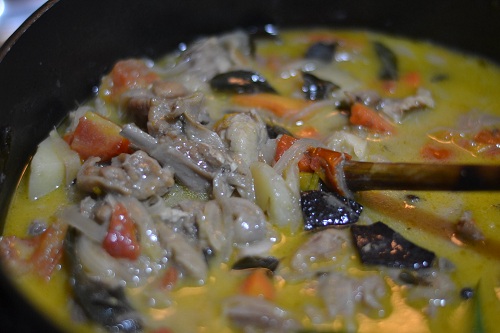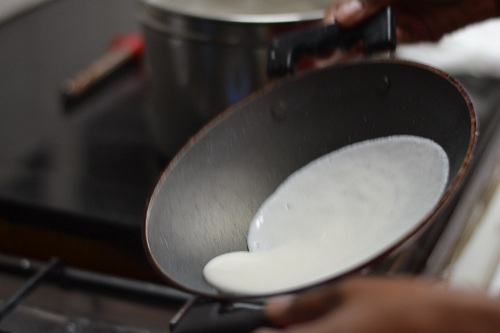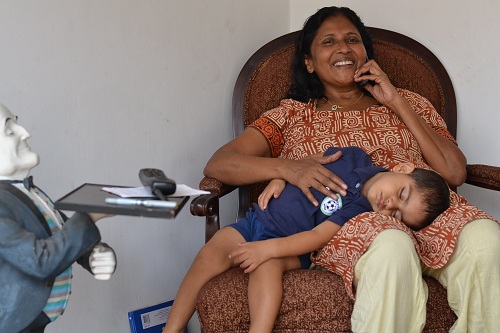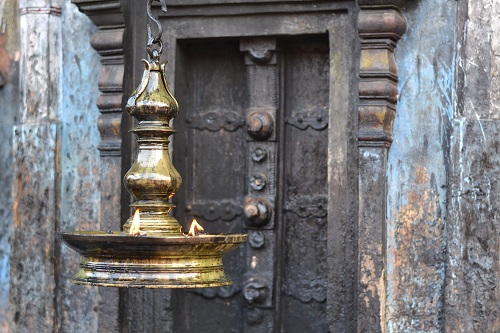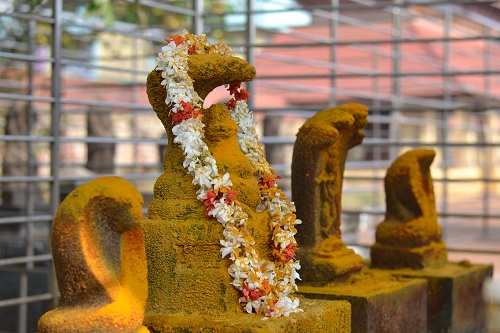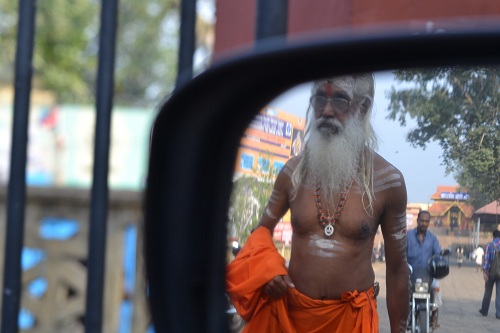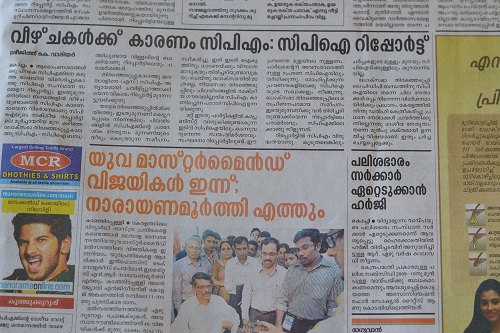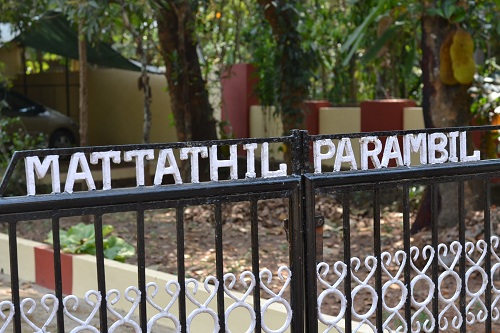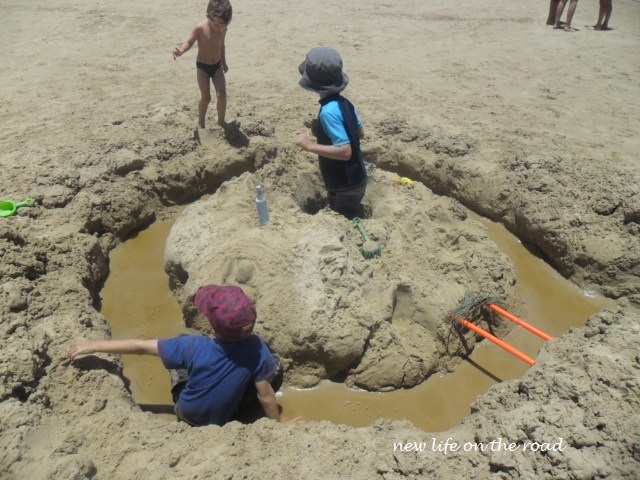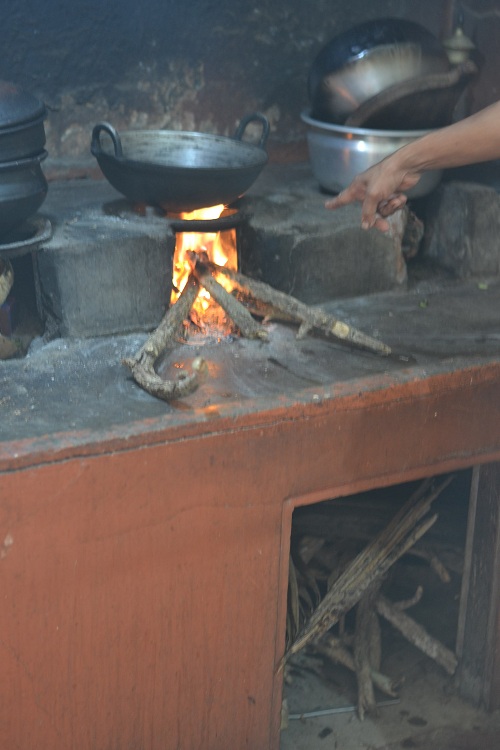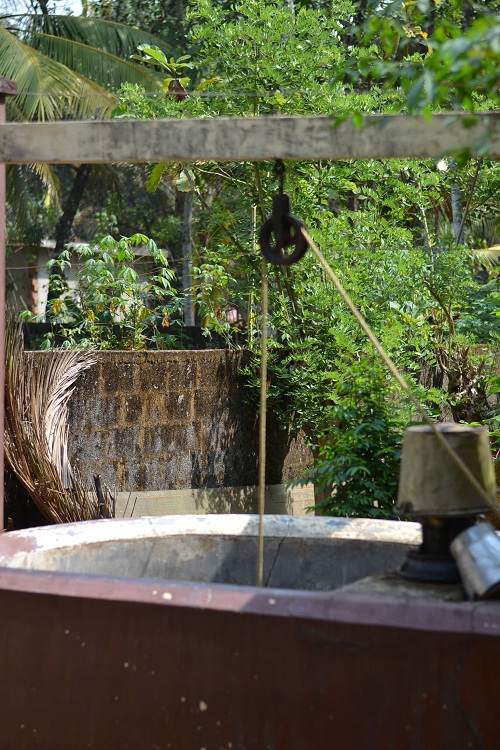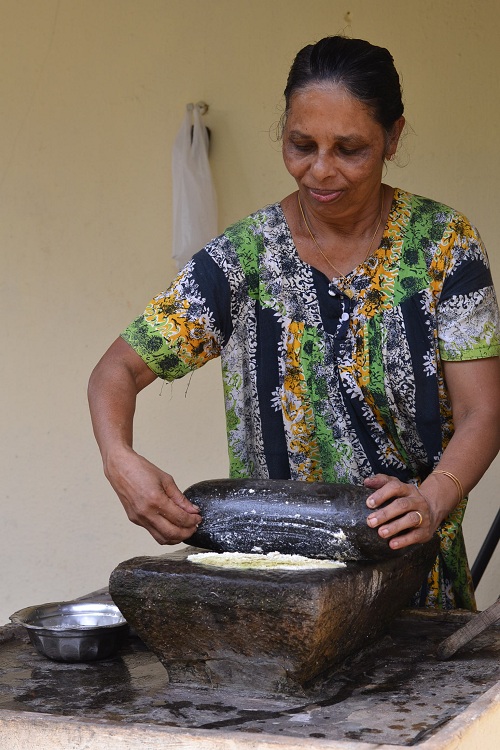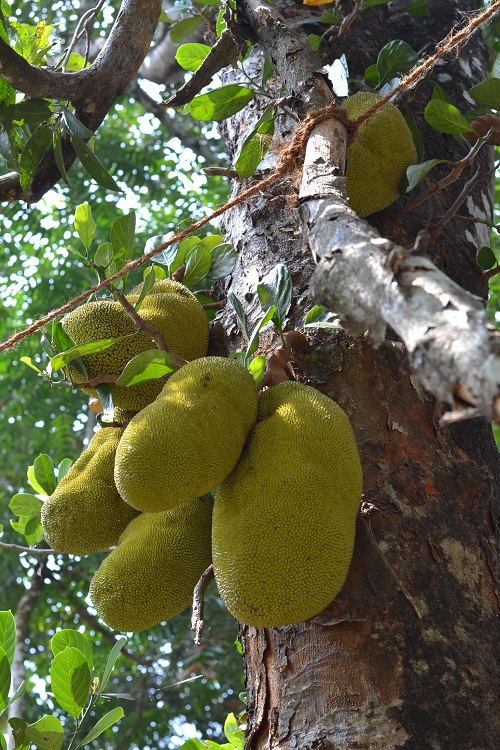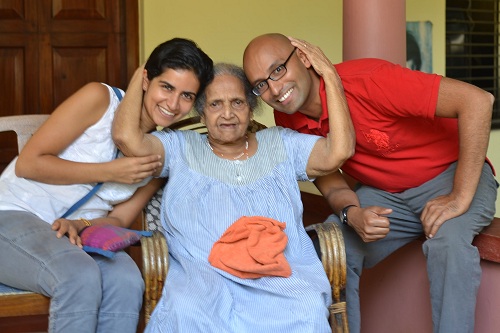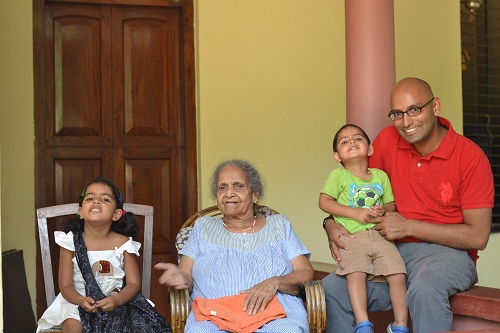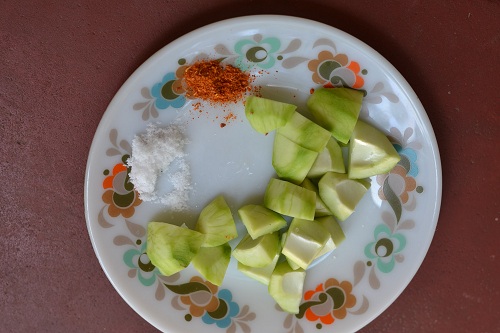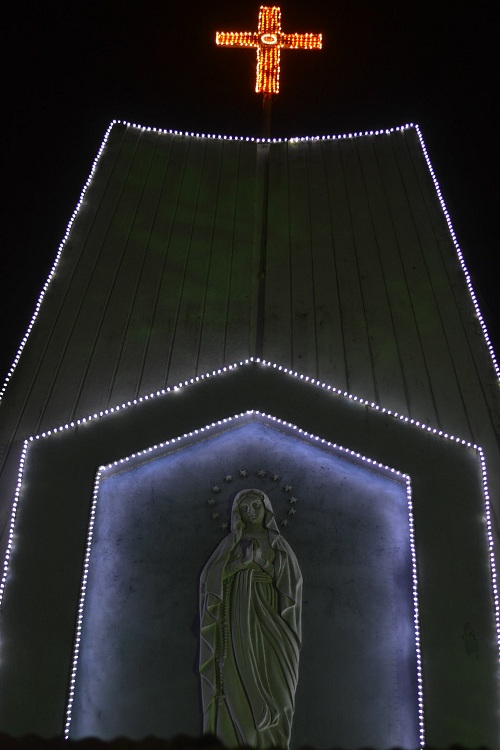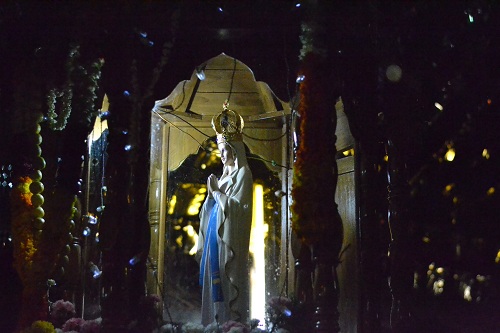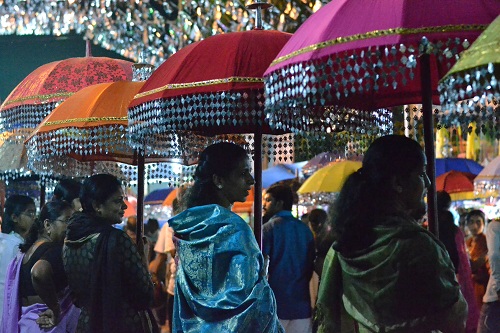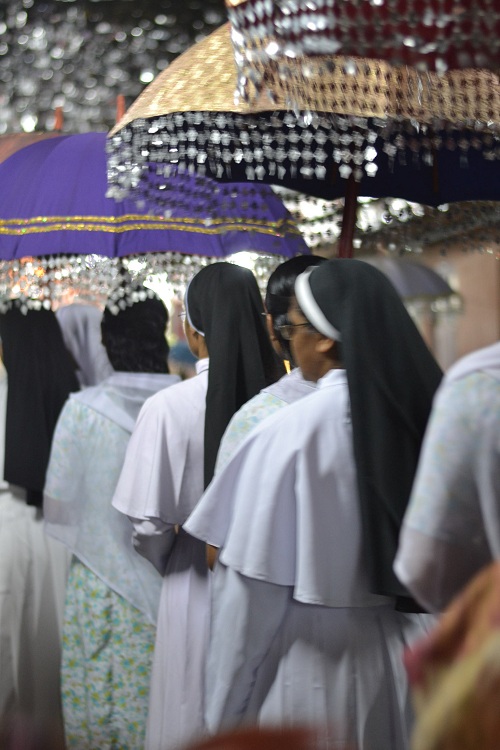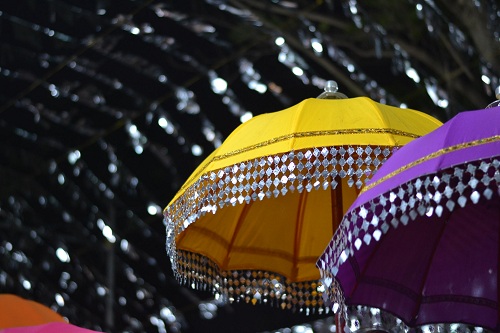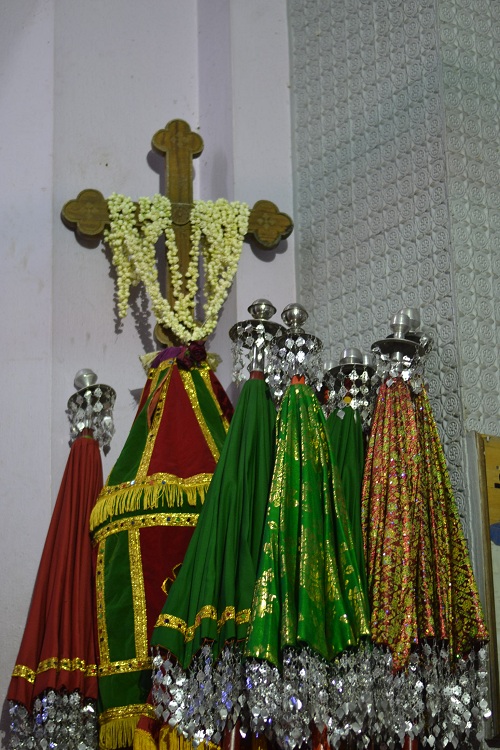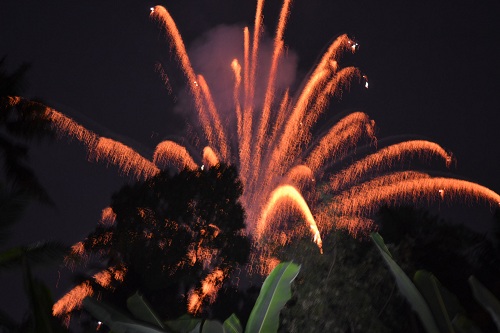A Minor Diversion’s posting frequency will fall until February 23rd. We are in Myanmar, where internet access is not a guarantee. I’ve set up these posts to go live while we are away. Even though they are about our time in India, I didn’t want to miss sharing some final Kerala experiences with you. We’ll have stories from Myanmar once we are back.
The phone has been ringing in Sandeep’s parents’ house with offers of marriage. Sanoop, his brother, just turned 30 and it seems as though a sizable portion of Kerala is eager to snatch up a handsome bachelor who lives in Hong Kong.
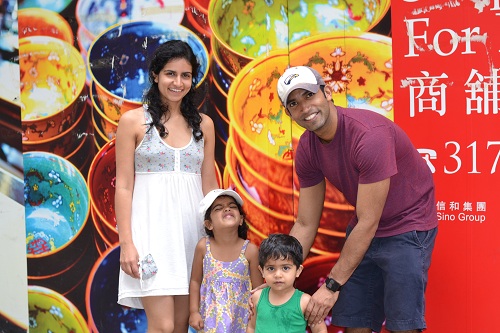
I overhear my father-in-law saying “Kids these days make their own decisions” and “Let them contact each other directly and see if they are interested.” Luckily, Sandeep’s dad is pretty progressive and is not about to force the issue with Sanoop. He’s seen enough (Sandeep and I are a case in point) to know that kids do make their own decisions and will figure out their own interests. A generation ago, arranged marriages involved parents making the decision for their children, and children eager to oblige. Couples, such as my in-laws didn’t meet until just before the marriage (and sometimes at the marriage). Marriages in Kerala are still arranged in many ways, but the process has adjusted to accommodate more involvement from the couple. To understand this better, I interviewed a woman who works in my father-in-law’s office.
Diya: Congratulations on your upcoming wedding. For how long have you wanted to get married?
Arya: I have been on Kerala Matrimony for a year, but only really looking for a few months.
Diya: How old are you?
Arya: 26
Diya: Why did you choose Kerala Matrimony over all the other marriage sites available? (There are aver two dozen sites focused on Kerala singles)
Arya: They have a large database. They let you browse matches for free so you can decide if you like something before you register. But you have to register to get the contact information. I looked for some time, but I wanted someone who lived abroad, so I wasn’t finding the right boy.
Diya: What country were you interested in?
Arya: It didn’t matter, I just knew I wanted to go abroad.
Diya: Can you walk me through the site?
Arya: There are some basic questions to be answered. (Arya clicks through what seem to be objective criteria for a mate: Gender, Age, Height, Marital Status, Religion, Caste, Country, Education and Horoscope.) Once you fill out the information you get your matches. If you like someone and you are not registered then you can pay some money and get more information. If you are still interested, the agency will see if your horoscopes match. If the horoscopes match, then the families meet. (This is in accordance to Hindu horoscope, which factors in date, exact time and place of birth. It is a primary factor when Hindus determine compatibility.)
Diya: Were you in touch with him before your families met?
Arya: (Looking slightly taken aback) No! The families have to meet first and agree that this is a match for the families. My father, mother and brother went to his house and spoke to his parents. They learned about his family background. I was not there.
Diya: Did your parents question the website’s choice, the horoscope, or your decision that this was some one you were interested in marrying?
Arya: No, this is the culture here. Many people use Kerala Matrimony and they have a lot of success.
Diya: What is your to-be husband’s name and have you met yet?
Arya: Vijay. No, we have not met. Only once our parents were in agreement did we start corresponding. We email, Skype, are Facebook friends and talk on the phone. When he told me he was interested, we decided to get married. Our engagement is next month.
Diya: Congratulations! What are the engagement plans?
Arya: We are expecting about 100 people, only close family, from both sides. My father will give his father a marriage letter stating our names and addresses and intention to marry on April 14th.
Diya: So is that when you will meet Vijay in person?
Arya: No, Vijay will be in Dubai, so we will have the engagement without him. But I will see him before the wedding. He will be coming here on April 3rd.
Diya: Can I see his picture?
Arya: (Giggling and blushing like a schoolgirl) Sure!
Arya reacts just as any blushing bride would. Her face lights up when she mentions Vijay and she seems so excited to be married. She is one of the newer generation of Malayalees that screens her match before the parents are introduced to each other. Once her parents gave their support, her decision was final. She hasn’t really been romanced in the sense that many of us expect. Instead, her confidence in her decision is based on the qualities that she, and most Kerala women, value above all else – stability and families that get along. Vijay has a good education, steady employment, and a compatible family. He lives abroad in Dubai so met that checklist as well.
It’s been too long since I was in the dating scene, so I am not going to make any judgement on Arya’s approach. It is certainly different in some ways than what I have been exposed to, but in many ways it’s the same. People all over the world are looking for their mates online. We all screen potential partners based on certain criteria. Most of us care what our parents think. What I like about Arya’s approach is that she is going into her marriage with fewer expectations that many people I know and she is ready to accept her spouse for who he is.
